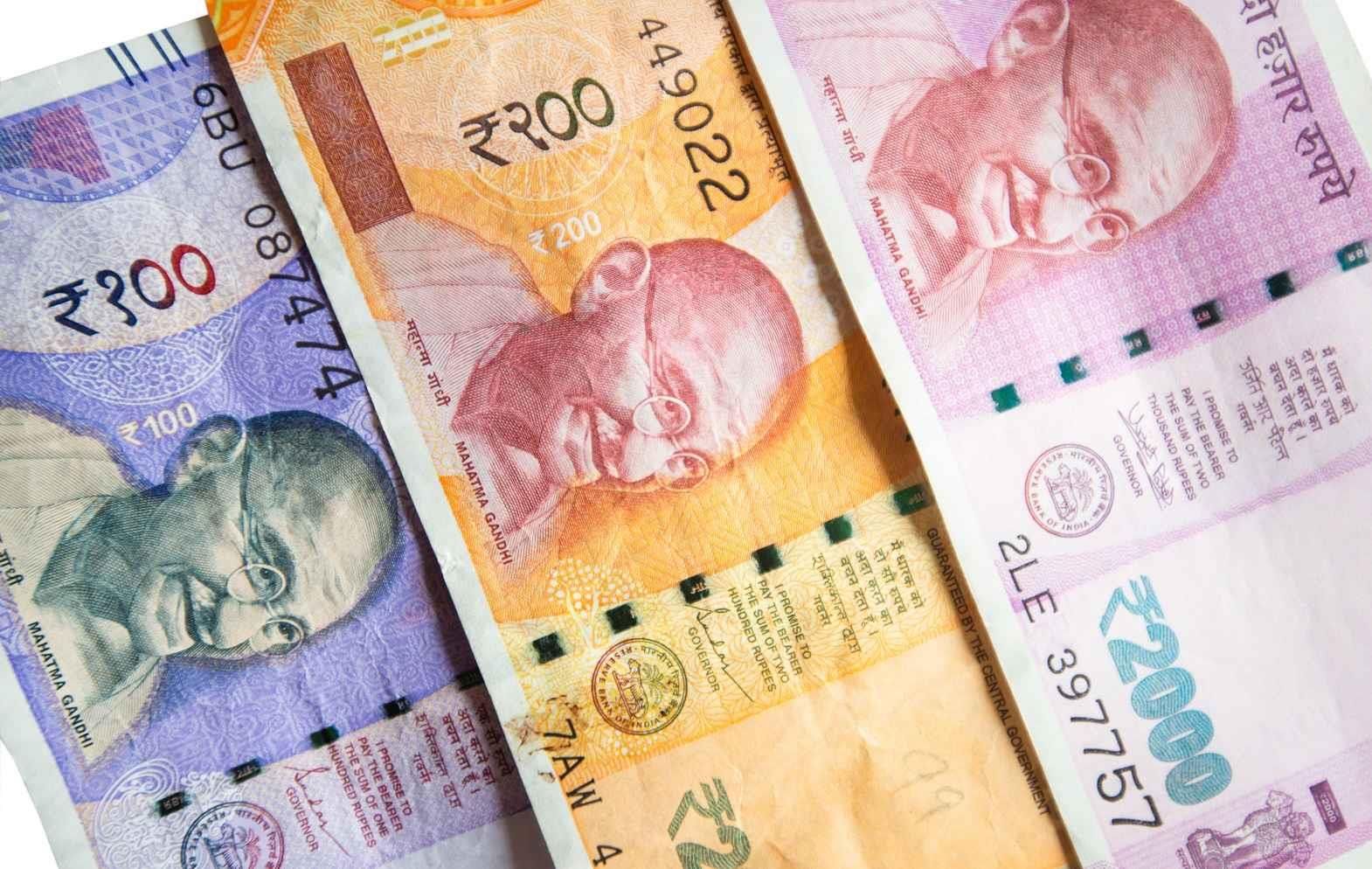Don't blame slowdown of Indian economy on RBI
The Indian economy has slowed down more sharply than anybody could have imagined a year ago. Official forecasts peg growth for the current year in the range of6-6.7%. Many private forecasts are more pessimistic: they project growth of below 6%. How to raise the growth rate is the big challenge for the government.To do so, we need to get a handle on what has caused the slowdown in the first place. The RBI's latest annual report sheds useful light on the subject.
Everybody understands that a combination of domestic and global factors irresponsible for the slowdown. The disagreement is about the relative importance of these. The RBI report attempts to quantify the impact of each of these. TheRBI's internal research suggests that a 1% increase in the real weighted average lending rate (WALR) depresses industrial output by 0.6% over a one-year horizon.
Between 2010-11 and 2011-12, there was an increase in the real WALR by 2%(using the wholesale price index as the deflator). This would translate into adecline in industrial output of 1.2%. The decline in output, however, was much steeper, down 5.3%. Thus, the rise in interest rates does not explain the sheer magnitude of the slowdown.
The RBI also estimates that a 1% increase in global growth causes industrial output to increase by 0.7%. Global growth declined by 1.4 percentage points between calendar years 2010 and 2011. The impact of the decline in global growth on industrial output should have been 0.98%, or roughly 1%.
Thus, the interest increase and the global slowdown between them account for only 2.2% out of the 5.3% decline in industrial output. What explains the balance? It would appear that supply bottlenecks such as the shortage of coal and natural gas were a big factor. (The RBI's estimates do not seem to take into account the effects of regulatory or policy uncertainty. It has a separate estimate for the impact of global growth on the services sector.) If so, the focus of policy surely has to be on addressing these shortages, not on grand policy announcements aimed at boosting investor confidence or on reducing interest rates.
Two further points can be made about reviving growth. First, most analysts are fixated on the decline in saving caused by the increase in the fiscal deficit.They argue that this has to be arrested by attacking fuel and other subsidies if we are to get back to a growth trajectory of 8-9%. They are right, but the immediate challenge is to realise the growth potential at the current levels of saving and investment. Stepping up the saving rate can come later.
CMIE estimates gross domestic capital formation in the economy in 2011-12 at 35.5%, only a shade below the level of 35.8% in 2010-11. The figures are not strictly comparable because the share of valuables - which is unproductive - went up in 2011-12. However, even if we focus on gross fixed capital formation - which is productive investment - we should be getting growth higher than the 6.5% we had in 2011-12 and what is projected for 2012-13. The RBI estimates the current growth potential of the economy at 7.5%. Achieving this potential has nothing to do with increasing the saving rate through fiscal consolidation.
Secondly, some argue that fiscal consolidation is required, not just to
increase the saving rate, but to bring about a reduction in interest rates. In
the present context, they are mistaken. The real WALR of 3.8% in 2011-12 was
way below the average of 7% in the boom period of 2003-08, so reducing nominal
interest rates is hardly the key to stepping up the growth rate. We need to
revive the animal spirits of businessmen at a time when global conditions are
adverse. The way to do so, as the RBI correctly argues, is to step up public
investment, especially in key areas of infrastructure. So, yes, we need to
reduce subsidies but the immediate objective should be switching of expenditure
from subsidies to public investment, not fiscal consolidation.
As the RBI notes, the India growth story in recent years has been driven by
large investments in infrastructure. Private investment in infrastructure has
fallen for a variety of reasons. Investment in telecom has dried up because of
regulatory and legal issues. Investment in the power sector has suffered
because of coal shortages and the financial condition of the state electricity
boards. Road projects have slowed down because of land acquisition and
environmental clearance issues and also because road construction firms are
highly leveraged and are unable to access equity in the present market
conditions.
Reducing interest rates at a time of global and regulatory uncertainty is not
going to help. Public investment alone can sustain momentum in infrastructure
right now. In essence, the policy challenge is not very different from what
many advanced economies are facing. They too need to reduce public debt in the
medium term while finding ways to stimulate growth in the short run. If
anything, India's public debt looks in distinctly better shape.
This article was originally published in the Economic Times dated 30th August, 2012, Economic Times Bureau.







Comments